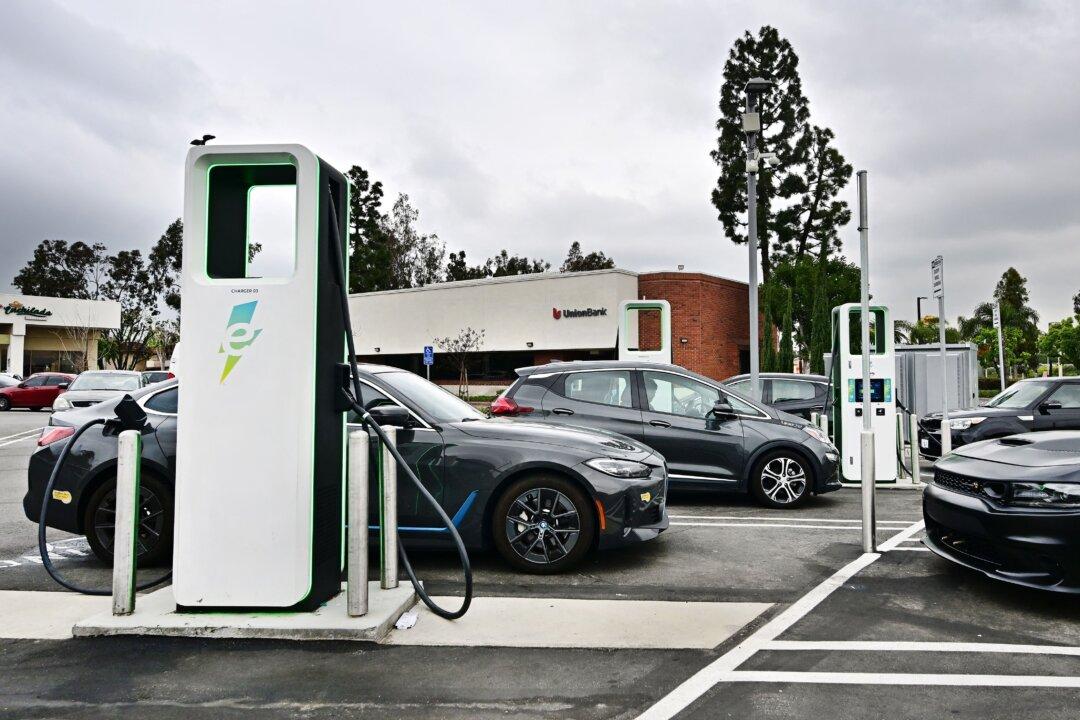A new study shows that electric vehicles (EV) are being driven much less than than their gas-powered counterparts, suggesting that the claimed emission-reducing benefits of the big push for an EV transition are overblown.
Americans behind the wheel of fully electric cars drove nearly 4,500 miles per year less than they did gasoline-powered vehicles, according to a recent study that sought to quantify EV mileage in the United States.





